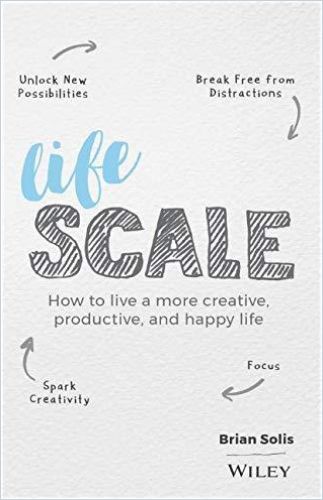“Education Ministries Across Latin America Have Been Quite Creative.”

getAbstract: As an educator who has previously worked for Ecuador’s Ministry of Education, could you describe some of the challenges the education sector in Latin America has been dealing with prior to the pandemic?
Maria Isabel Salvador: Illiteracy remains a challenge in several Latin American countries, especially among older people in rural areas. Reading comprehension rates in Latin America continue to be below the world average. Today, however, knowing how to read and write is no longer sufficient. We are now talking about a new type of illiteracy, “digital illiteracy,” which is a major barrier for people trying to escape from underdevelopment.
COVID-19 has disrupted children’s education around the world. How are countries in Latin America dealing with this challenge?
Governments are trying to come up with creative solutions to deliver learning to as many school-aged children as possible – which is a challenge considering the large economic discrepancies in many countries. Some education ministries modified national school curricula, prioritizing certain skills and topics it deemed particularly important while dropping other learning objectives set prior to the pandemic.
What are some of the strategies governments have used to deliver educational material to students with no home-based access to a computer or the internet?
Education ministries across Latin America have been quite creative. Some chose to broadcast school lessons via television or radio. Some schools communicated with their students via WhatsApp. Also, teachers prepared printed work guides that they had delivered to students’ homes every 20 to 30 days. Governments have also called upon adults with children at home, especially parents and grandparents, to help with school instruction.
How about online instruction?
In areas with widespread internet access, schools developed online platforms and adapted curricula to deliver all learning online. Indeed, teachers had to get up to speed quickly to learn how to use the new tools. Universities and technical institutes have been collaborating with governments to offer digital skills training for teachers. Meanwhile, governments reallocated resources to provide teachers with personal computers and internet access. Peru, for example, has pledged to provide 850,000 tablets to teachers and students in the next three months.
I don’t think we will ever go back to teaching without using technology.
Maria Isabel Salvador
What have been some of the challenges for the students in this new learning environment?
One problem that has taken hold during pandemic is a marked increase in cyberbullying. Furthermore, there has been an increase in domestic violence against children. Many parents struggle with the extra challenge of homeschooling their children.

Maria Isabel Salvador is Educational Project Manager for Latin America and Spain at getAbstract. Previously, she worked as a pedagogical advisor at Ecuador’s Ministry of Education and as national director of pedagogical innovation.
How can digital learning become an equalizing force in terms of closing the literacy gap between economic classes?
The pandemic has definitely propelled digital learning forward all over the world, including Latin America. Online educational offerings have multiplied for K-12 schools, universities and technical institutes, and work is underway to transform the content of face-to-face courses into comprehensive virtual learning experiences across the board. Teachers and students worldwide will have developed more digital skills by 2021 than they have in the past four years. I don’t think we will ever go back to teaching without using technology. Indeed, online education is a great way to narrow education gaps as it facilitates access to education to more people and at lower cost. However, it is important to point out that many people in Latin America still lack access to computers and the internet – a prerequisite for reducing the digital gap. Several initiatives by technology and telecommunications companies are currently underway in Latin America, though, to improve digital access.
Online education is a great way to narrow education gaps as it facilitates access to education to more people and at lower cost.
Maria Isabel Salvador
getAbstract has supported a local educational initiative in the city of Lima, Peru, by providing free content from its knowledge library. What have been some of the hot topics people wanted to learn about?
Titles on Innovation, Leadership, Strategy and Resilience have been particularly sought-after. During Education Week, getAbstract selected titles of particular interest to teachers and teaching professionals. Spanish-language webinars conducted by getAbstract attracted hundreds, in some cases thousands, of participants. Peru’s Secretariat of Digital Government has since partnered with getAbstract to offer free library access to all of the country’s 33 million citizens until November 20.
In your home country, Ecuador, getAbstract is supporting teachers in the country’s “Zone 1.” Could you tell us more about the initiative?
Yes, “Zone 1” refers to Ecuador’s bordering region with Colombia, which is one of the country’s most violent areas. getAbstract is offering free library access to the area’s 18,000 teachers. We recently conducted a video conference, titled “Leading Schools in Virtual Environments,” which was attended by over 900 school principals. Meanwhile, over 3,000 teachers attended getAbstract’s video conference on “Digital Tools: Creative Scenarios for the Classroom.” These numbers illustrate how high demand for digital know-how and best practices is among educators in underprivileged regions.






